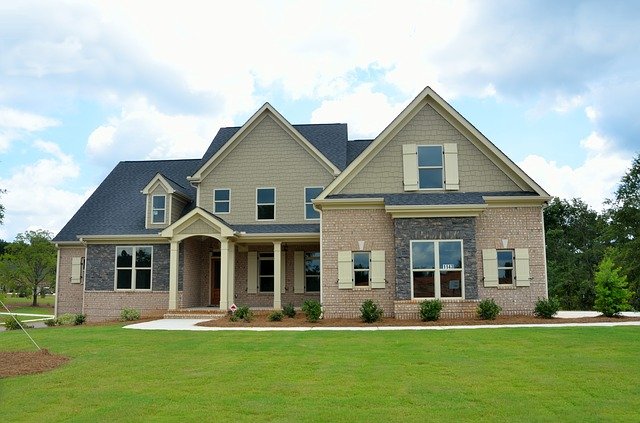Building Energy Efficient & Smart Residential Buildings

paulbr75 / Pixabay
Connected Homes & Communities
According to Ovum's Smart 2025 report, "The Future of the Connected Home and Community," a flurry of activity is currently underway that suggests connected homes and communities are not far off.
Smart Homes & Communities Connecting to Smart Energy Grids
Clearly, many of the technologies that are going to make "smart homes" possible are either related to energy saving or will benefit from it. Most people living today have spent most of their lives looking at a single data point that represents their energy use, and that is a thermostat. At the end of the month, energy users receive a paper bill which provides some detail of energy use but is mainly used to take note of the cost for that month.
But times are changing. The new paradigm presents residential energy consumption with dozens if not hundreds of data points and all in real time. New smart grid technology that takes advantage of mobile communications and communication devices in the home, including mobile devices and TVs, are going to make energy consumption more concrete and manageable, and there is even talk of incentivizing customers to be more efficient.
While smart grid technologies are being taken up by businesses and industrial companies more quickly than by consumers, manufacturers developing smart grid technologies for residential use are beginning to see that whole house upgrades are the best way for both manufacturers and customers to benefit from the new technology. One problem holding back progress in the residential sector is that government agencies and utilities are still figuring out how to work together coordinate smart grids, energy efficiency, and home upgrades and to create incentives, codes, and regulations for them.
According to a report, Home Performance recommends the following to policy makers:
1. Encourage partnerships between the energy efficiency industry and telecommunications and home security firms to market whole-house upgrades and install energy monitoring devices that encourage customers to implement upgrades. 2. Develop deliberate strategies for using home energy monitoring devices to promote implementation of whole-house upgrades among other behavioral changes. 3. Develop strategies to link demand response and home performance programs, for example, by marketing whole-house upgrades together with demand response initiatives, and targeting homes that have received an energy upgrade for enrollment in demand response programs. 4. Develop EM&V protocols for energy efficiency using smart grid technologies and data to increase the accuracy and quality of savings estimates. 5. Utilize smart meter data to build the case for energy efficiency as a competitive energy resource that should participate in capacity and carbon markets in addition to utility integrated resource planning and decoupling."In the following video, Build With Strength discusses "How to Build the World's Most Energy-Efficient Building."
Article originally published on IndustryTap.com